If you’re new to yoga, you may feel overwhelmed by the different types of yoga and their benefits. If you recently decided to do yoga, you may have realized there are several different types of yoga classes. Most people who are new to yoga are aware of the most common yoga style, Hatha yoga. However, while any school of yoga is great, yoga types go far beyond Hatha.
Everyone should choose the type of yoga that’s right for them. But where to begin? The best place to begin is at the beginning. The important thing is to get in there and start enjoying the benefits of yoga. Meanwhile, let’s explore the different types of yoga and their benefits.
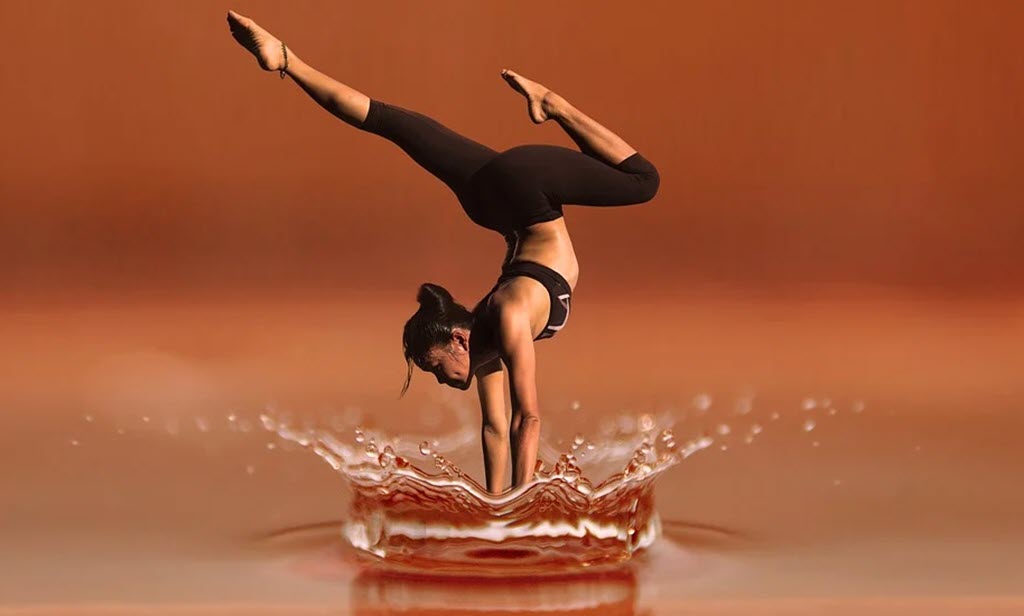
What Is Yoga and the Different Types of Yoga
Yoga is a system of guidance and techniques for overall health and wellness. Yoga’s origins lie in ancient Indian philosophy. A complex practice, yoga has been around for thousands of years. Although it began as a spiritual practice, it has grown roots in modern societies because of its ability to promote mental and physical well-being, as well as emotional and spiritual wellness.
Additionally, yoga emphasizes the relationship between student and teacher. Typically, the teacher works with the student to help them develop a practice that will bring a deeper understanding via personal experience. That said, you can still explore the different types of yoga and their benefits from home.
There are tons of videos and online classes. The individual yoga experience is personal and tends to vary by the practitioner. However, whatever approach you or your instructor take, it all leads back to simple wellness.
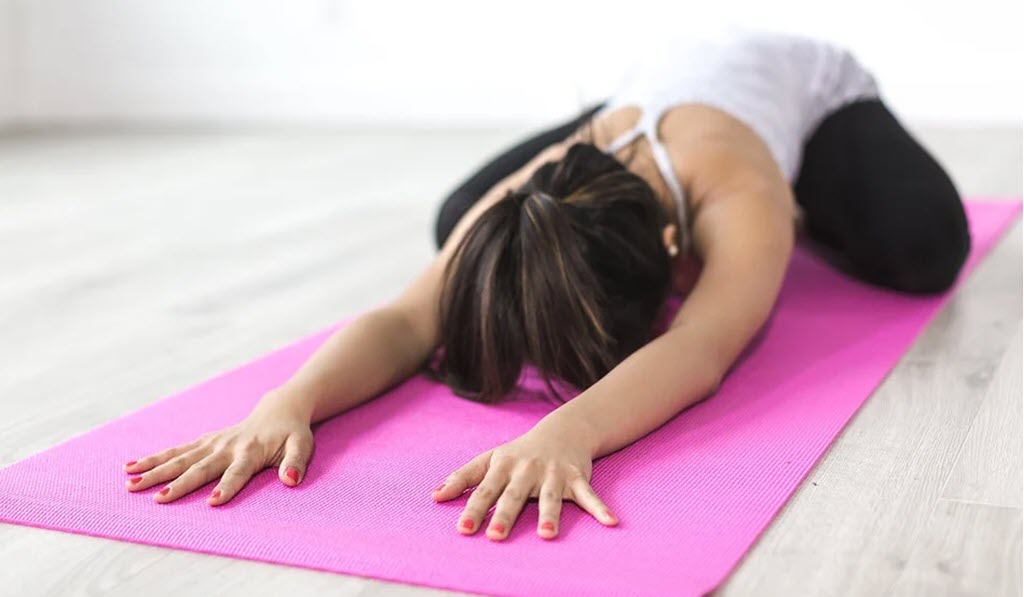
What do I need to know to enjoy the different types of yoga and their benefits?
As to the mechanics of yoga, you do it on a mat in bare feet. When you’re exploring the different types of yoga and their benefits, wear comfortable clothing. Most schools of yoga emphasize asanas (postures), pranayama (breathing exercises), and dhyana (meditation).
Avoid eating a large meal for two to three hours before yoga because you’ll be stretching, twisting from side to side, and bending over a lot. A small snack is fine if you absolutely must have something to eat.
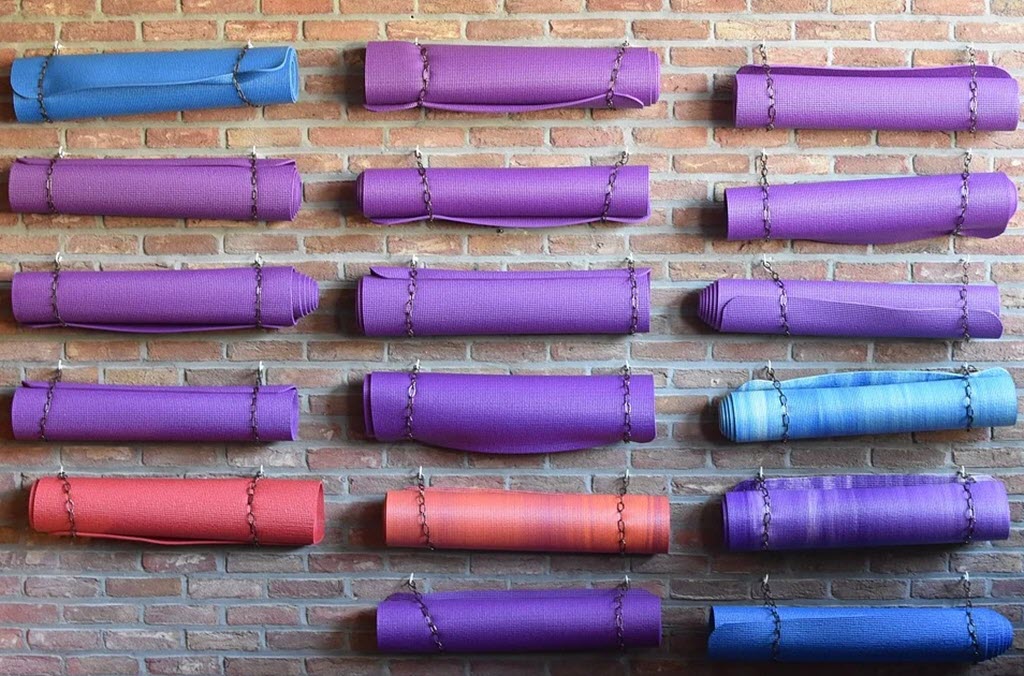
This video from the U.S. Department of Health and Human Services and the National Center for Complementary and Integrative Health goes into some depth about the different types of yoga and their benefits.
Additionally, this helpful video goes over some important “do’s and don’ts” for people who are considering yoga. Below are some principles to consider when studying yoga.
Ahimsa
The first philosophical principle of yoga is ahimsa. Ahimsa means that we are non-harming to others or to ourselves. Some people interpret this to mean that we shouldn’t eat animal-based products; however, you don’t have to be vegan or even vegetarian to enjoy the different types of yoga and their benefits. That is a debate within some parts of the yoga community, but don’t let this deter you from exploring the different types of yoga and their benefits.

People who try to impose their own beliefs on you are in essence not correctly expressing ahimsa themselves. Dietary decisions are between a person and his or her medical practitioner. You can enjoy the different types of yoga and their benefits without being vegan or vegetarian.
Om
One of the most important concepts in yoga is Om. Om is a vibration, or mantra, traditionally chanted at both the beginning and end of most yoga sessions. Ancient yogis somehow knew that the entire universe is moving, something scientists today know to be fact. Everything in existence has a vibration or pulse, and chanting Om allows all of us to recognize our experiences as reflections of how the universe moves.
Om is all about sensing the bigger connection which can be soothing and uplifting. Because our lives are so busy and noisy, we may not always be aware of the sound of Om, but if you’ve heard the leaves rustle, or experienced the rhythm of waves hitting a seashore, you’ve experienced Om.
What makes the different types of yoga different from other forms of fitness?
Being fit and active is important if you want to have a quality life. Therefore, any kind of activity can be beneficial. However, the different types of yoga and their benefits go beyond simply stretching and working out because it connects the movements of our bodies and the activity of our minds to the rhythm of our breaths. It has to do with connecting all of these so that we can inwardly direct our attention.
Through this, we can learn to recognize the habits in our thought patterns without giving them a label. We become more mindful of our everyday thoughts and movements. Yoga isn’t so much a workout or task as it is a practice. It exercises the mind along with the body. The word “yoga” itself is from the ancient Sanskrit word “yuj,” which translates to “to unite.”

Is yoga right for you?
The great thing about yoga is that it’s accessible for almost everyone who is able to move and exercise. Regardless of your age or weight, the different types of yoga and their benefits can help you. There are even prenatal yoga workouts for women who are expecting. One of the most incorrect assumptions about yoga is that one has to be flexible to begin yoga. Actually, if you’re not flexible, you’re the perfect candidate for yoga. Doing yoga will naturally make you more flexible and make you feel more confident.
Furthermore, though there are certainly extremely fit and lithe yoga enthusiasts, there is no gold standard yoga body. Even if you have a restrictive condition or recent injury that makes exercise a challenge, an experienced instructor can help you go over the different types of yoga and their benefits. That is where knowing the different types of yoga and their benefits pay off. Most healthy people can enjoy the benefits of yoga as long as they perform it properly. In addition to promoting overall wellness, there is significant research that suggests that yoga can be beneficial to specific illnesses and issues.
The Different Types of Yoga and Their Benefits
All types of yoga have some common benefits. These include:
- Increased muscle tone and strength
- Aids in weight loss
- Increases your flexibility
- Improves energy, respiration, and vitality
- Circulatory and cardio health
Now that we’ve covered what yoga is all about and whether or not it’s right for you, we’ll get into the different types of yoga and their benefits. Regardless of the different schools of thought, all yoga is about wellness. Every style of yoga possesses a divine spark that can inspire and teach. Ahimsa begins with choosing the yoga method that’s best for you.
Hatha yoga
A general type of yoga, Hatha is an old system of yoga that includes the traditional practice of yoga postures and breathing exercises, which bring peace to both mind and body.
Hatha is great for beginners, and it provides a good idea of the different types of yoga and its benefits. It’s fairly gentle and works well for students who want a more relaxed style of yoga where they can hold poses for longer. It’s also a great starter yoga for students who want to work towards meditation. Furthermore, Hatha provides a solid introduction to basic yoga poses that are common in most styles of yoga.
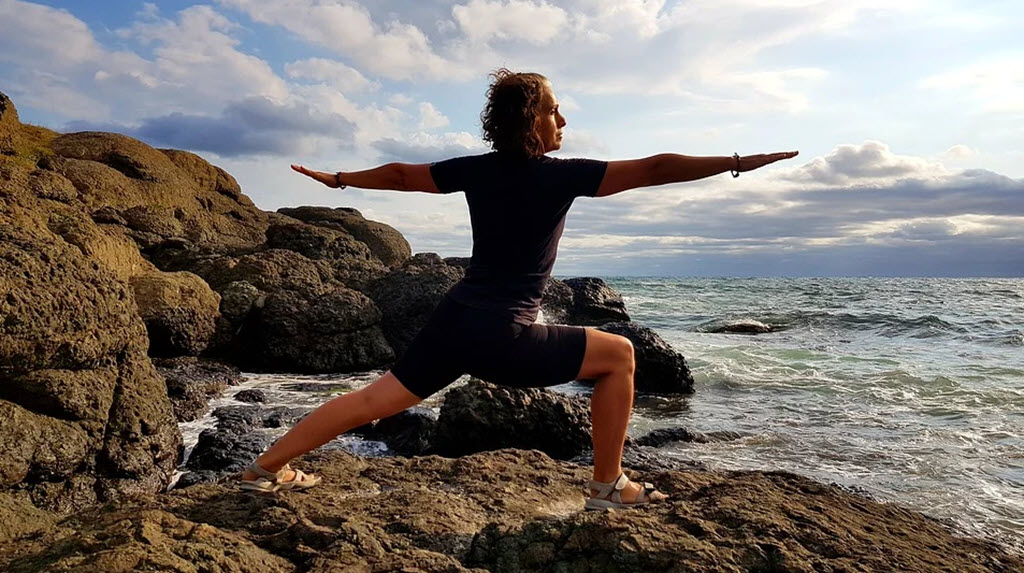
Vinyasa yoga
As Hatha is a general term that describes several different styles of yoga, so is Vinyasa. Vinyasa consists of movements synchronized with breaths. The word Vinyasa means to “place in a special way.” Sometimes referred to as a flow class, Vinyasa is a vigorous style with a rapid flow of poses called sun salutations. Every movement is matched to the breath.
Vinyasa is great for beginners who are already athletic but is also popular with people who have been doing yoga for years. If you want more movement and less stillness, this is the yoga for you. Endurance athletes and runners enjoy Vinyasa.
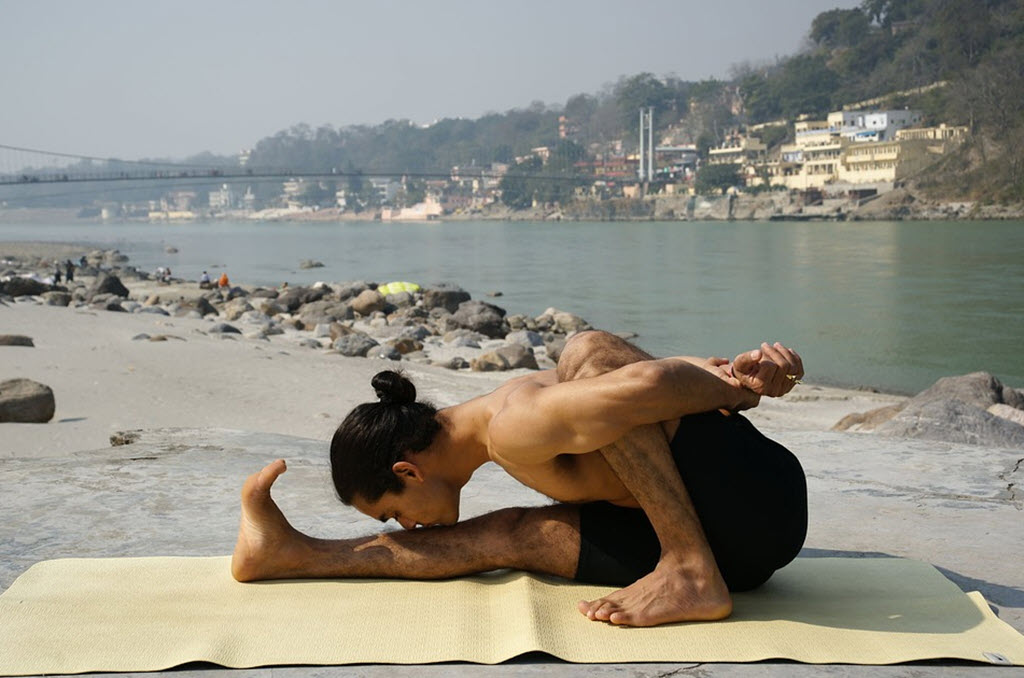
Iyengar yoga
This style of yoga is unique in that its trademark is an intense focus on the subtleties of every posture. In Iyengar, you hold poses longer than in other types of yoga. Iyengar uses props, including belts, blocks, bolsters, blankets, and chairs. The props accommodate injuries and provide structural balance.
Iyengar focuses on bringing the body into the best possible alignment and the props assist students who want to master proper form. Iyengar works well for older adults or adults lacking flexibility. It’s less intense than other types, so it’s helpful to people who have injuries. Also, if you like detailed instructions, Iyengar is great.
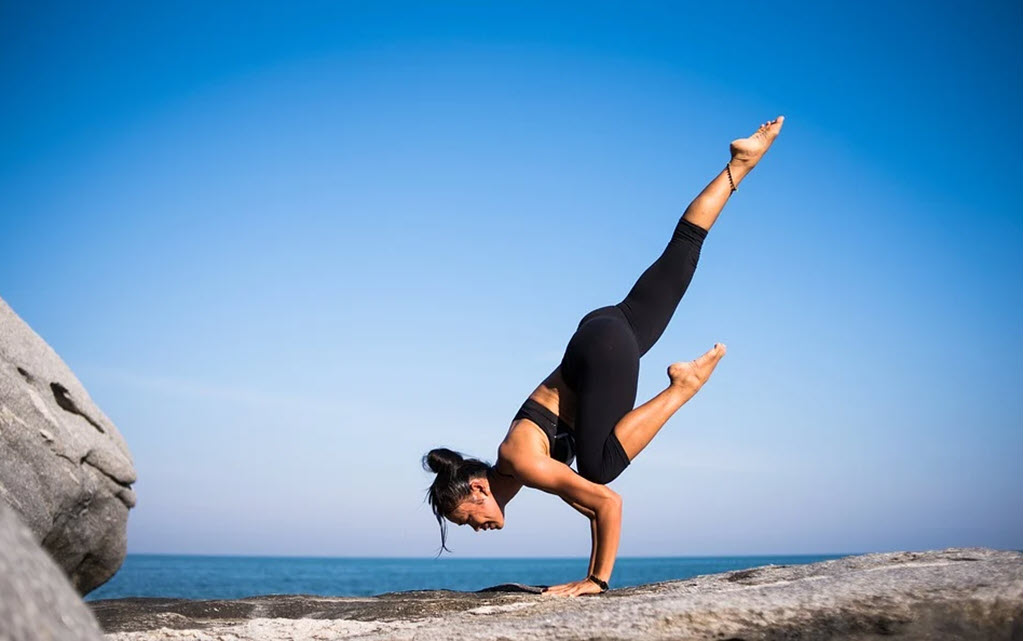
Restorative yoga
An offshoot of Iyengar yoga, restorative yoga uses props therapeutically to emphasize the body’s parasympathetic response, which hones in on healing and relaxation. Restorative yoga is gentle and relaxing. Students pose the body into gentle, passive stretches. Then, they hold the asanas for as long as 10 minutes.
Restorative yoga tends to provide more support within each pose because it uses more props than some styles do. In restorative yoga, it’s often easier to completely let go. It’s great for anyone who wants to de-stress or has trouble relaxing. Also, anyone dealing with pain or anxiety will benefit from restorative yoga.
Ashtanga yoga
In an Ashtanga class, you’re led nonstop through a number of the Ashtanga series. At the same time, you’ll be encouraged to breathe while you move through the different poses. The different series are all set sequences of asanas, and you always do them in the same order.
Ashtanga yoga is a fast-paced yoga that is physically challenging and vigorous. It’s great for people who travel because the order is specific and consistent. Anywhere you go, you’ll have the same experience. Furthermore, it emphasizes daily practice, unlike some of the other styles. If you love structure or are a perfectionist, you’ll love Ashtanga.
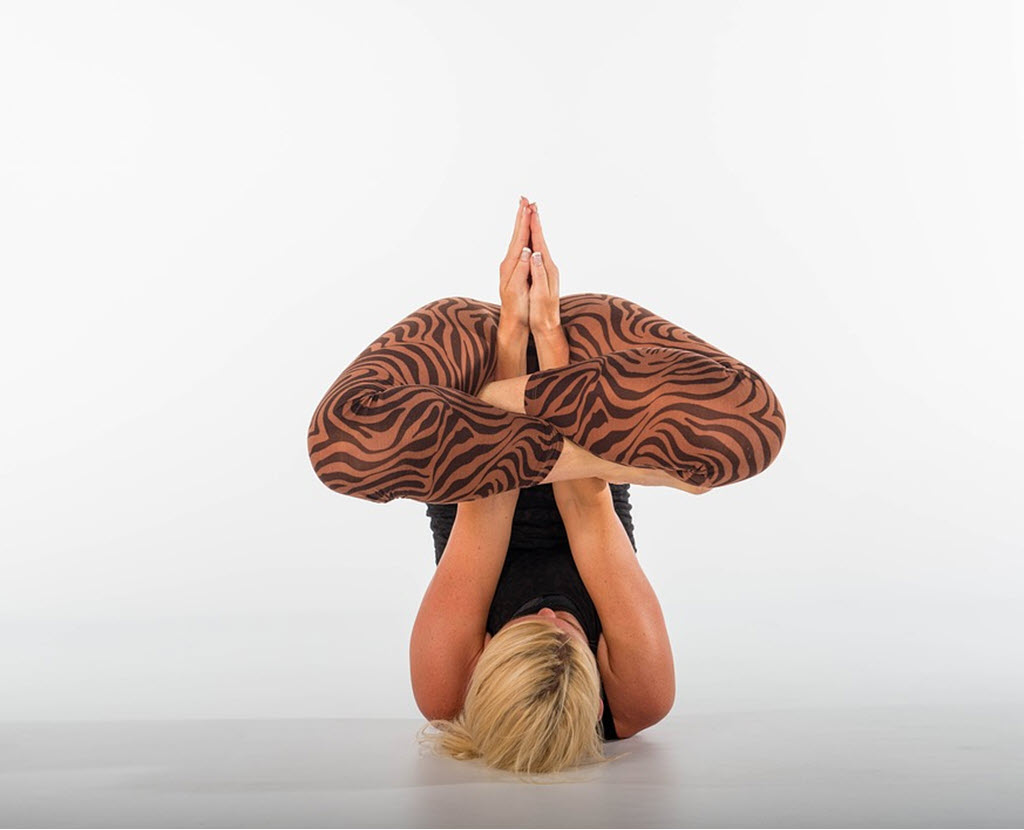
Bikram/Hot yoga
This type of yoga consists of the same copyrighted 26 postures and 2 specific breathing techniques. You do these postures in the same order for 90 minutes. Furthermore, the room is always between 95 to 105 degrees Fahrenheit with a humidity of 40 percent. Hence the moniker of “hot” yoga. The heat is to help you flush toxins from your body.
When you attend a Bikram yoga class, you know exactly what to expect, regardless of where you attend. That is a huge benefit for people who travel frequently and want to be able to just slip right into a yoga studio no matter where they are. Additionally, Bikram yoga is one of the most popular yoga styles for weight loss and management. If you want to sweat, Bikram or hot yoga is for you.

Kundalini yoga
Sometimes referred to as “the mother of all yogas,” Kundalini incorporates repeated exercises and movements, chanting, dynamic breathing techniques, mantras, and meditation. The name of the individual Kundalini exercises is kriyas. Kriyas are often repeated and synchronized with the breath.
The practice of Kundalini is for the purpose of awakening the energy that lives at the base of the spine. The energy is drawn upward through the seven chakras. Because it’s focused on repetitive enhanced breathing, Kundalini feels and looks very different than other types of yoga.
For one thing, most people in the class will be wearing white because it deflects negativity and increases your aura. Kundalini is great for people who are seeking a physical but also spiritual yoga. Moreover, people who enjoy singing and chanting may find Kundalini enjoyable.
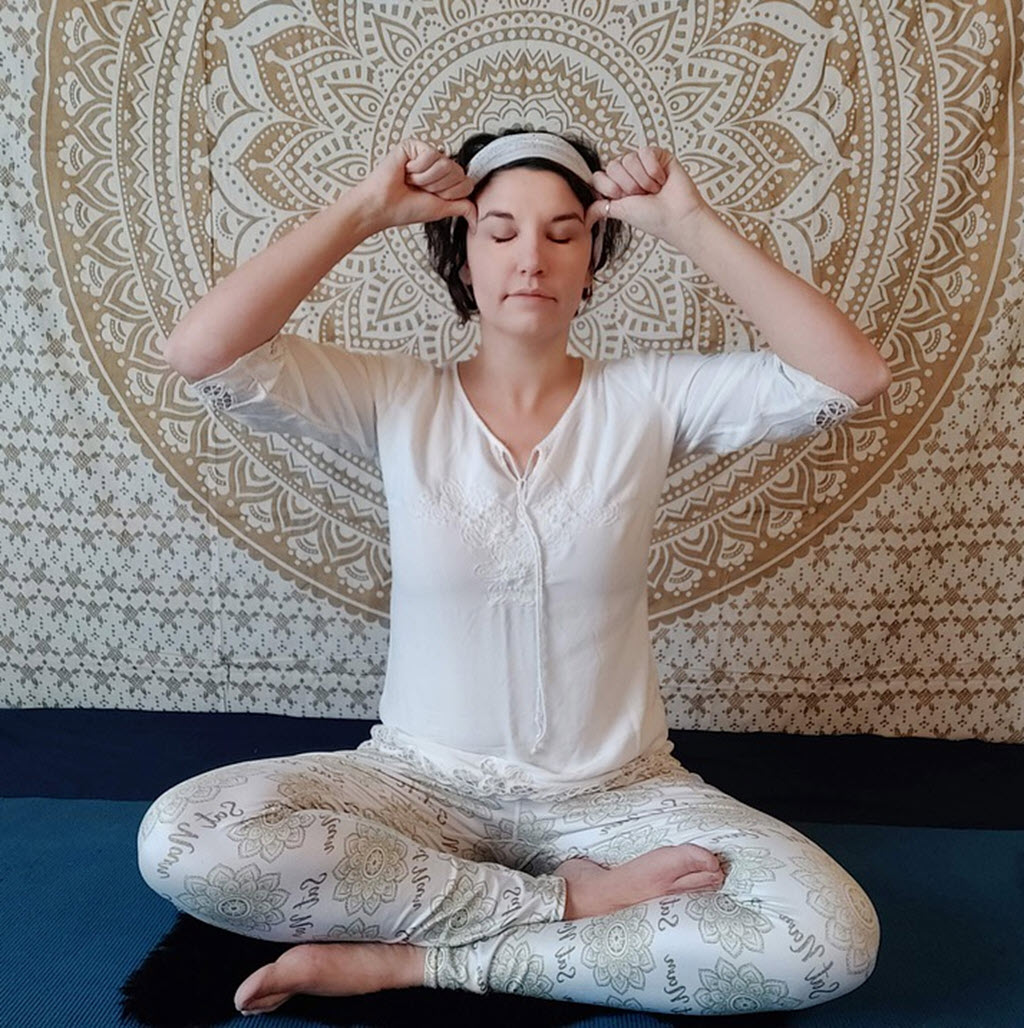
Yin yoga
A more passive style, Yin can still be quite challenging because of the long holds on the poses. That said, many beginners find Yin a comfortable place to begin with yoga. The purpose of the long holds is to apply mild stress to the tendons, fascia, and ligaments. The aim is to increase circulation in the joints and improve flexibility.
Great for beginners who lack flexibility, Yin yoga holds poses for much longer. Furthermore, Yin classes have a more meditative feel. Yin focuses on the lower back, thighs, and hips, and uses props that allow gravity to do the work.

The different types of yoga: Jivamukti yoga
Created in 1984, Jivamukti yoga resembles Ashtanga in its Vinyasa-style flow through the asanas. Classes begin with the standard warm-up sequence that is unique to Jivamukti. Often, teachers will incorporate various weekly themes that include meditation, readings, affirmations, and chanting.
Jivamukti classes are intense physically. There is often an inspirational theme, which many students enjoy. Jivamukti is enjoyable if you want to connect to the Earth as a living being. Most Jivamukti practitioners are vegetarian or vegan.
Sivananda yoga
A form of Hatha, Sivananda classes begin with relaxation poses. Then, classes go into a few rounds of Surya Namaskar. Sivananda is characterized by twelve carefully selected asanas. Together, the asanas increase both strength and flexibility of the spine.
Sivananda classes can also consist of chanting and meditation, which many people enjoy. Furthermore, Sivananda offers a bit more structure than some styles. Most people who enjoy Sivananda align with the five principles of this style of yoga: proper breathing, proper exercise in the form of asanas, proper relaxation, positive thinking, and proper diet (vegan or vegetarian).

Power yoga
The best way to describe power yoga is that it’s a vigorous yoga in the Vinyasa style. It initially resembled Ashtanga closely, but it’s not a series of poses. It allows the instructors the freedom to teach what they want.
Also, if you like Ashtanga but want something a little less rigid, power yoga may be a good fit for you. Be sure to consult with your yoga studio because power yoga styles can vary by instructor and studio.
After Exploring the Different Types of Yoga and Their Benefits, Which One Is Right for You?
The different types of yoga and their benefits are diverse, so it’s impossible to find a one-size-fits-all solution. We suggest doing solid research to see which yoga seems to be a good fit for your personal situation.
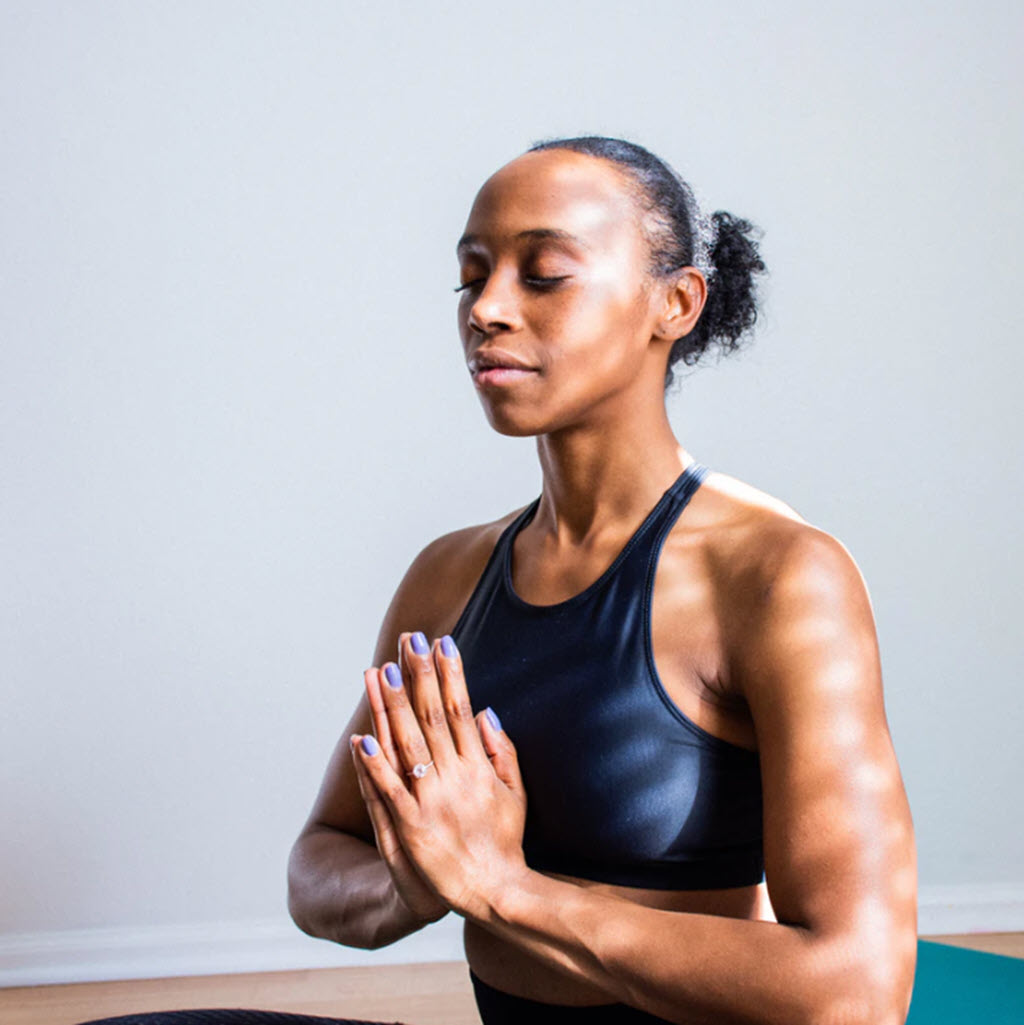
Also, the best way to do anything is just to jump in and give it a go. Start with one of the styles that are good for beginners and then branch out to find a style that is the perfect yoga for you. With all of the different types of yoga, we promise there’s one for you!



